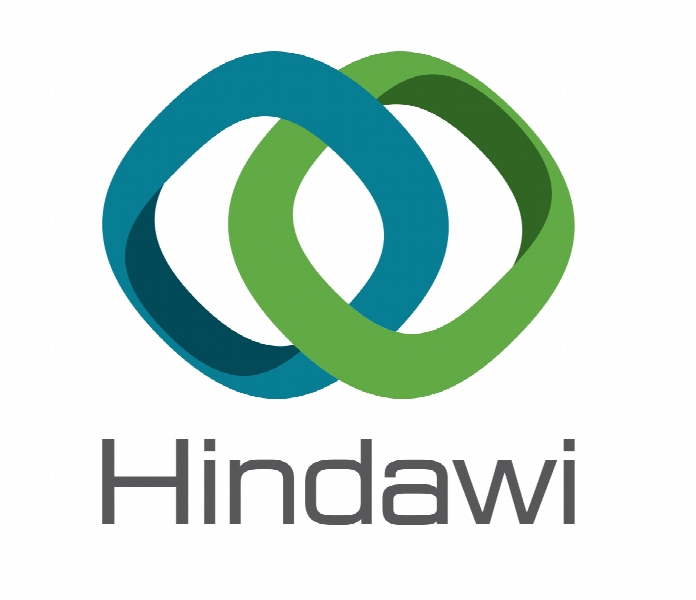چارچوب تصمیم گیری علمی برای انتخاب تامین کننده تحت فواصل بازه محیط فازی شهودی A Scientific Decision Framework for Supplier Selection under Interval Valued Intuitionistic Fuzzy Environment
- نوع فایل : کتاب
- زبان : انگلیسی
- ناشر : Hindawi
- چاپ و سال / کشور: 2018
توضیحات
رشته های مرتبط مهندسی صنایع
گرایش های مرتبط لجستیک و زنجیره تامین
مجله مشکلات ریاضی در مهندسی – Mathematical Problems in Engineering
دانشگاه School of Computing – SASTRA University – Tamil Nadu – India
شناسه دیجیتال – doi https://doi.org/10.1155/2017/1438425
منتشر شده در نشریه هینداوی
گرایش های مرتبط لجستیک و زنجیره تامین
مجله مشکلات ریاضی در مهندسی – Mathematical Problems in Engineering
دانشگاه School of Computing – SASTRA University – Tamil Nadu – India
شناسه دیجیتال – doi https://doi.org/10.1155/2017/1438425
منتشر شده در نشریه هینداوی
Description
1. Introduction Uncertainty and vagueness are an integral part of SS process [1, 2]. In SS, the decision maker (DM) or the expert committee rates each supplier based on a set of criteria. This rating can be either linguistic, numeric, or both depending on the choice of the DM. Such rating styles introduce an implicit vagueness in the process and are hence difficult to arrive at a concrete consensus. To better deal with such issues, Atanassov [3] came up with the idea of intuitionistic fuzzy set (IFS), in which a pair consisting of both membership and nonmembership value for every instance was used to better represent fuzziness in preferences. Later, Atanassov and Gargov [4] combined interval numbers and IFS to form IVIF sets. They claim that IVIF had better scope for representing fuzziness and vagueness. From then on, researchers widely explored IVIF by proposing several new theories and concepts. Let us now discuss some of them here. A brief discussion on classical operators of IVIF is also given in [5]. Bustince and Burillo [6] introduced the idea of correlation between IVIF set and developed decomposition theorems for the same. Xu and Chen [7] proposed ordered weighted and hybrid aggregation operators for IVIF sets and applied them for group decision making (GDM). Few researchers have also used IVIFTOPSIS for solving GDM problems [8, 9]. Wang and Liu [10] proposed new Einstein aggregation operators based on sum, exponent, and product theories and demonstrated the same for selecting better propulsion systems. Following this, some researchers have also formulated new IVIF based entropy measures for solving pattern recognition and GDM problems [11–13]. Also, new distance measures under IVIF context have attracted authors that provide effective GDM process [14, 15]. Mukherjee and Das [16, 17] developed a theoretic framework of IVIF soft sets and effectively solved investor selection problem. The fusing of IVIF judgment matrix is an interesting research topic which has attracted researchers to contribute with some novel mechanisms [18, 19]. Motivated by the power of possibility theory, Wan and Dong [20] proposed a new method for comparison of IVIF values. Dadgostar and Afsari [21] further came up with a new idea for accurate edge detection in image steganography using IVIF concepts. Rashmanlou et al. [22] formulated the concept of IVIF graphs and gave a detailed description on IVIF graphs and their properties. Dymova and Sevastjanov [23] extended Dempster-Shafer theory over IVIF for solving GDM problems effectively. Another interesting area of concern for researchers in IVIF lies in consistency checks and preference completion [24, 25]. Researchers have also extended popular AHP [26] and MULTIMOORA [27] ranking schemes for IVIF domain and applied these methods for better GDM process.


